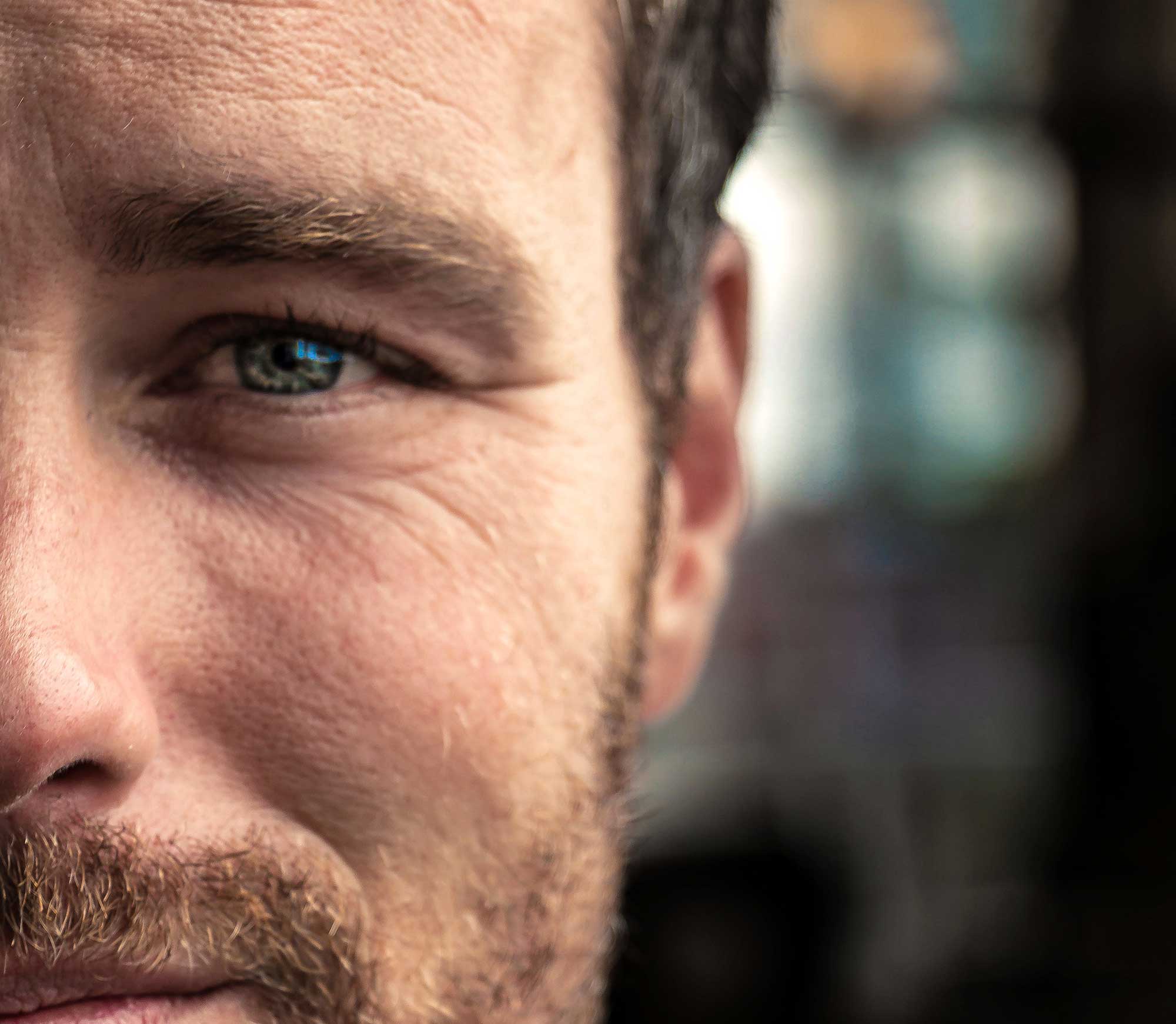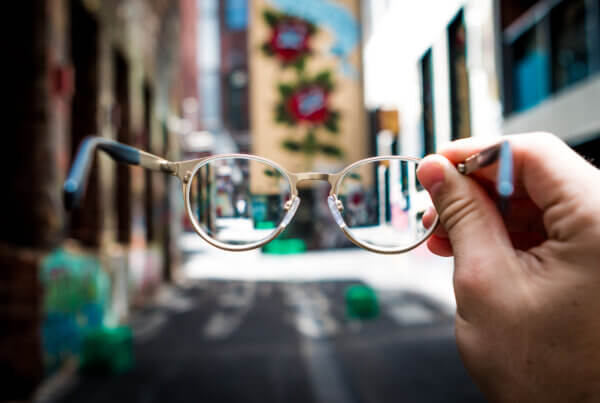What is Myopia Control? A Clinical Response to a Modern Phenomenon
Myopia, or nearsightedness, is rapidly increasing among the world’s population. Researchers project that by the year 2050, 4.8 billion people will have myopia. That’s well over 3x more people than were afflicted with this degenerative eye condition in the year 2000. There are several theories about why myopia is on the rise: genetics, near work activities, nutrition, artificial lighting, time spent indoors. All of these have been researched for causality or correlation with myopia’s fast advancement, but there is no clear and single explanation.
Why Should You Be Concerned?
If you have children growing up in our modern world, they are exposed to the same environmental triggers that are contributing to the epidemic of nearsightedness. By slowing or containing the progression of nearsightedness during their developmental years, you may be able to help them to avoid thick, corrective eyeglasses. Such prescriptions are associated with significant eye diseases and disorders in later life, including premature cataracts and retinal detachment. These concerns can eventually lead to impaired vision and blindness.
What is Myopia Control?
When patients are diagnosed with myopia, they usually ask what can be done about it. While there is no outright cure for myopia, there are a number of treatment options that may be able to slow its progression. Treatments are designed to change eye structure and focal performance in order to slow the development of nearsightedness. In short, once myopia degeneration begins, eye doctors primarily focus on controlling and not curing it. There are currently four accepted treatment options to control myopia:
1. Atropine Eye Drops: Topically administered to the eye once a day, this medicine dilates the pupil and temporarily suspends the eye’s ability to adjust focus at varying distances. Studies have shown that atropine is an effective short-term treatment. In the first year of treatment, myopia progression can be reduced by an average of 77 percent.
2. Orthokeratology: “Ortho-K” is often referred to as corneal reshaping lenses. This treatment uses gas permeable contact lenses that are worn while the patient sleeps. The lenses are specially designed to temporarily correct nearsightedness so that the patient does not have to wear glasses or contact lenses when they are awake. Myopia progression is reduced by an average of 45 percent using this method.
3. Multifocal Contact Lenses: These lenses are designed and built with different prescription powers in different areas of the lens, providing vision correction for multiple refractive error types in the same lens. Multifocal lenses are able to slow myopic progression by about 48 percent.
4. Multifocal Eyeglasses: Research shows that multifocal eyeglasses are not as promising as multifocal contact lenses in reducing myopia progression. However, when compared to regular single vision distance prescription eyeglasses, multifocal eyeglasses are shown to be slightly better at slowing myopia’s advancement during the first year.
Like most things in life, all of these treatment options have their respective advantages and drawbacks. Even when studies indicate a particular treatment to have statistically better outcomes, it does not mean it is the right solution for you. If you or your children have been diagnosed with nearsighted vision, talk to one of our qualified optometrists about the which myopia control options are best.
Call us today for an appointment with a friendly and experienced eye doctor to learn about your treatment options.







It’s actually a great and helpful piece of info. I am happy that you simply shared this helpful information with us. Please stay us up to date like this. Thanks for sharing.
Thank you, Justin!
I though ortho-k will 100% for myopa, but its 45%. Anyway its great information
You are welcome!